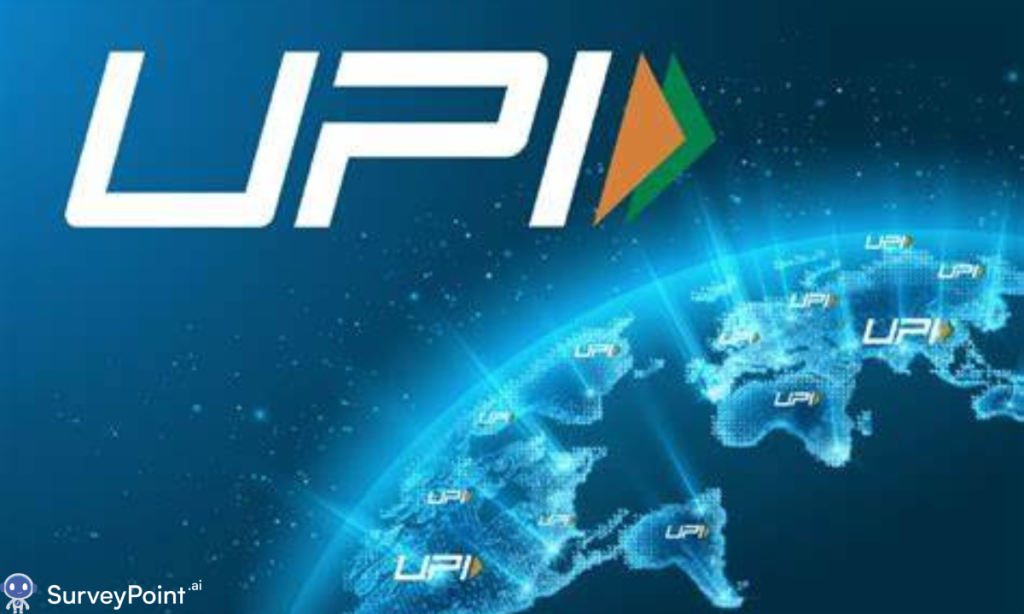
In recent years, India has witnessed a remarkable transformation in the way people conduct financial transactions, thanks to the widespread adoption of digital payment technologies. One of the most significant developments in this space has been the emergence of the Unified Payments Interface (UPI) and the rapid growth of contactless payment methods. In this blog, we’ll delve into the trending topic of digital payments in India, why it’s gaining momentum, and how it’s shaping the future of commerce in the country.
The Rise of UPI: Transforming the Payment Landscape
The Unified Payments Interface (UPI) has revolutionized the way Indians transfer money, pay bills, and make purchases. Developed by the National Payments Corporation of India (NPCI), UPI enables instant, seamless, and secure transactions between bank accounts using a smartphone. With its simple interface and interoperability across banks and payment apps, UPI has become the preferred choice for millions of Indians, transcending geographical barriers and socioeconomic divides.
Why UPI is Trending
Several factors have contributed to the widespread adoption and popularity of UPI in India:
- Convenience: UPI offers unparalleled convenience, allowing users to make payments anytime, anywhere, without the need for cash or physical cards. All it takes is a few taps on a smartphone to transfer money or settle bills.
- Security: UPI transactions are highly secure, with multiple layers of encryption and authentication protocols in place to safeguard users’ financial information. This has instilled trust among consumers and businesses alike, driving adoption.
- Innovation: The UPI ecosystem is characterized by continuous innovation, with new features and functionalities being added regularly to enhance the user experience. From QR code payments and recurring payments to voice-based transactions, UPI offers a wide range of options to meet diverse needs.
- Government Support: The Indian government has been a strong proponent of digital payments, promoting initiatives such as Digital India and the Jan Dhan Yojana to accelerate financial inclusion and drive the transition towards a cashless economy.
Contactless Payments: The Next Frontier
In addition to UPI, contactless payment methods such as Near Field Communication (NFC) and Quick Response (QR) codes are gaining traction in India. Contactless payments offer a touch-free and hygienic alternative to traditional payment methods, particularly in the wake of the COVID-19 pandemic. With the proliferation of smartphones and POS terminals equipped with NFC technology, contactless payments are poised to become increasingly ubiquitous in the Indian market.
The Future Outlook
As India continues its journey towards becoming a digitally empowered society and knowledge economy, the future of digital payments looks promising. With innovations in technology, regulatory support, and changing consumer preferences, digital payments are set to become even more integrated into the fabric of everyday life. From small roadside vendors to large enterprises, businesses of all sizes are embracing digital payments as a means to streamline operations, enhance customer experience, and drive financial inclusion.
Conclusion: Embracing the Digital Revolution
In conclusion, the rise of UPI and contactless payments represents a watershed moment in India’s quest for financial inclusion and digital empowerment. By leveraging the power of technology, collaboration, and innovation, India is poised to lead the way in the global digital payments landscape. As individuals, businesses, and policymakers embrace the opportunities afforded by digital payments, we can look forward to a future where financial transactions are seamless, secure, and accessible to all. Let’s embrace the digital revolution and embark on a journey towards a more inclusive and prosperous tomorrow. For more information checkout- surveypoint.ai




